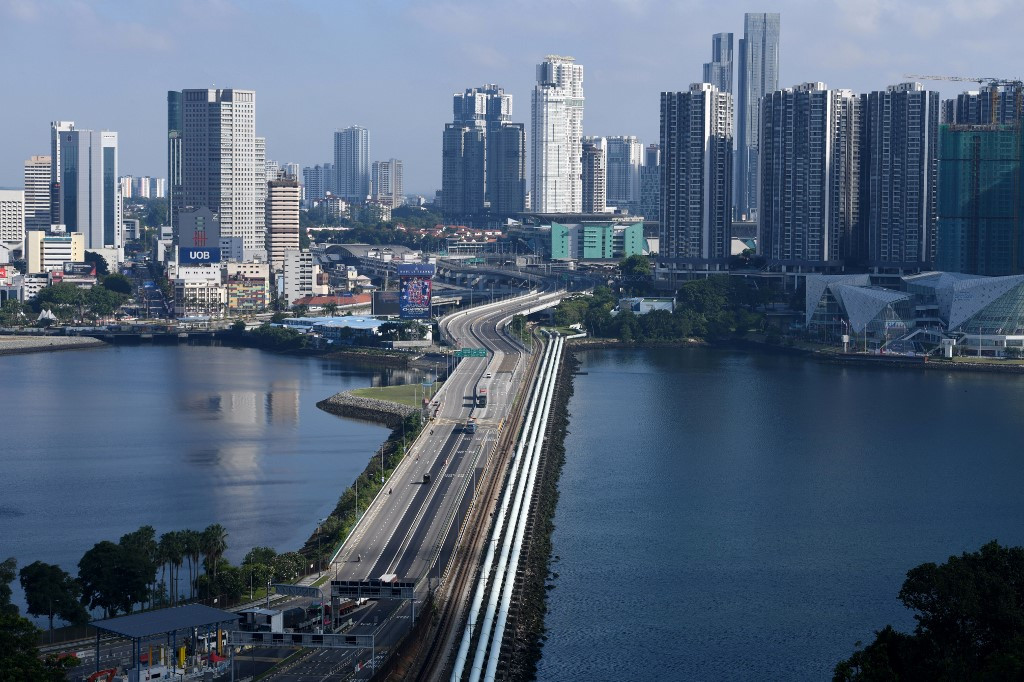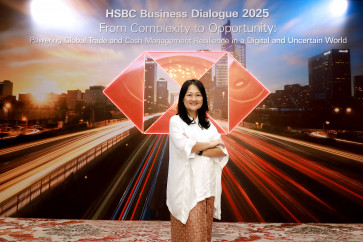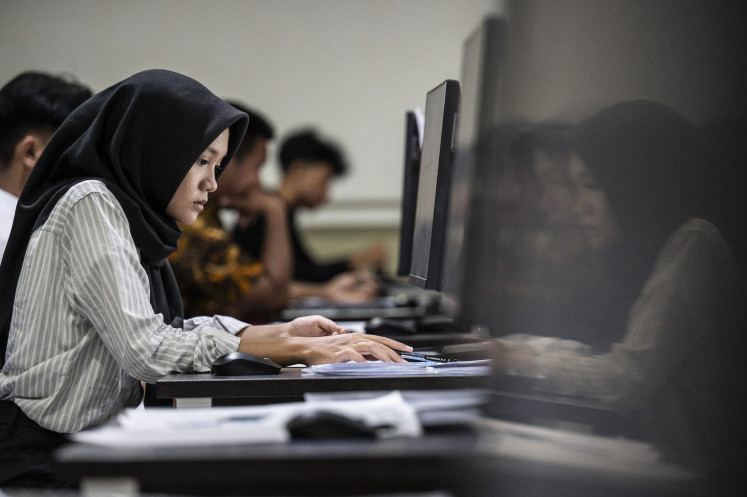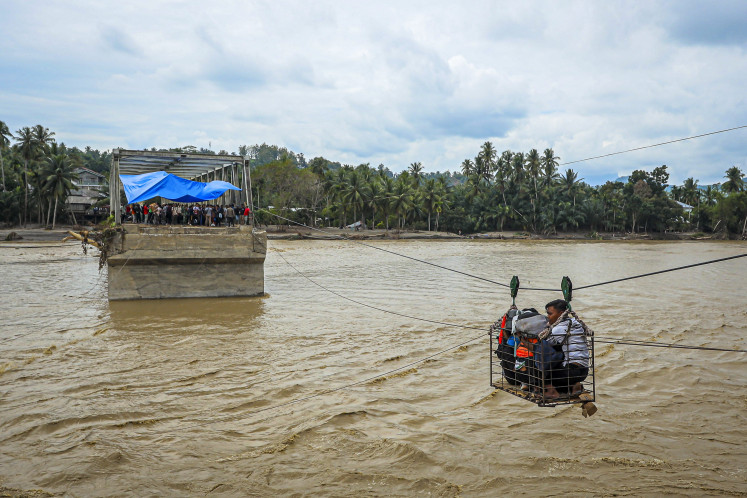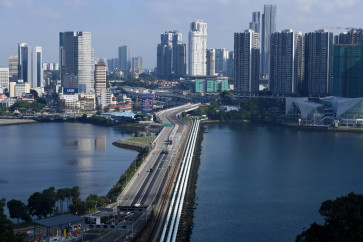Popular Reads
Top Results
Can't find what you're looking for?
View all search resultsPopular Reads
Top Results
Can't find what you're looking for?
View all search resultsBuilding ASEAN’s future through shared SEZs
The Johor–Singapore Special Economic Zone (JS-SEZ), launched in 2024, offers a preview of what deeper cooperation could look like.
Change text size
Gift Premium Articles
to Anyone
T
his month marks ASEAN’s 58th anniversary. Nearly six decades after its founding, ASEAN stands at a crossroads, whether to deepen integration through real cooperation, or risk sliding into irrelevance. With more than 690 million people, most of them young and in the productive age bracket, the region is among the most dynamic in the world.
According to the ASEAN+3 Macroeconomic Research Office (AMRO), the ASEAN+3 (Japan, Australia and South Korea) bloc is expected to contribute more than 40 percent of global growth in the medium term. Indonesia, ASEAN’s largest economy, continues to record steady growth of around 5 percent, while the region overall has proven resilient amid global uncertainty.
So far, ASEAN has not fully tapped its own potential market. Intra-ASEAN trade makes up only about 22–23 percent of its total trade. For comparison, intra-EU trade is above 60 percent. The gap reflects regulatory fragmentation, uneven infrastructure and missed opportunities. On the other hand, economic collaboration has long been ASEAN’s strongest glue. The more countries trade and invest in each other, the less room there is for conflict. As in the EU and other regional groups, integration is both an economic necessity and a geopolitical stabilizer.
The Johor–Singapore Special Economic Zone (JS-SEZ), launched in 2024, offers a preview of what deeper cooperation could look like. It combines Johor’s land and labor with Singapore’s capital, logistics and trade access. According to Singapore’s Ministry of Trade and Industry, bilateral trade between the two reached S$123.6 billion (US$96.3 billion) in 2023.
The project has set ambitious targets: streamlined customs through a digital single-window, renewable energy collaboration and lower transaction costs. Supporting this is the upcoming Rapid Transit System (RTS) Link, a cross-border train system expected in 2026, designed to carry 10,000 passengers per hour each way. As of today, more than 350,000 Malaysians cross into Singapore daily for work, making it one of the busiest land borders in the world with over 70 million annual movements.
The project demonstrates how cross-border ecosystems take shape, where one side offers better opportunities, workers and talent move there. If Indonesia cannot offer competitive opportunities, its workforce risks following the same pattern, commuting or relocating permanently to Singapore, leaving local ecosystems hollowed out.
Indonesia’s own experience with cross-border industrial cooperation goes back decades. The Batamindo Industrial Park on Batam island near Singapore, established in the early 1990s through a partnership between Indonesia and Singapore, once hosted hundreds of multinational manufacturers.

